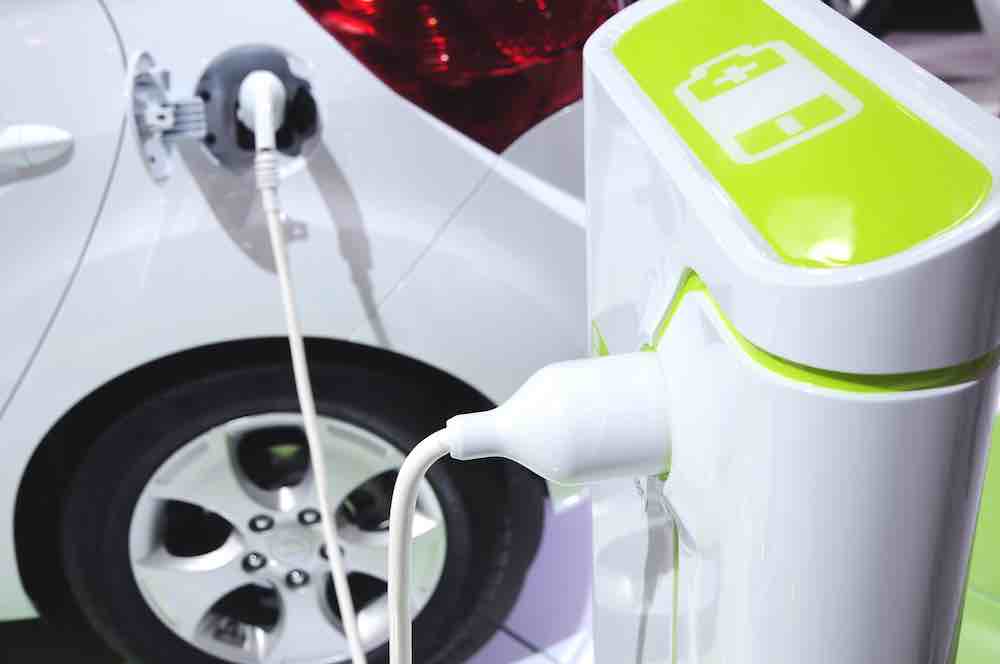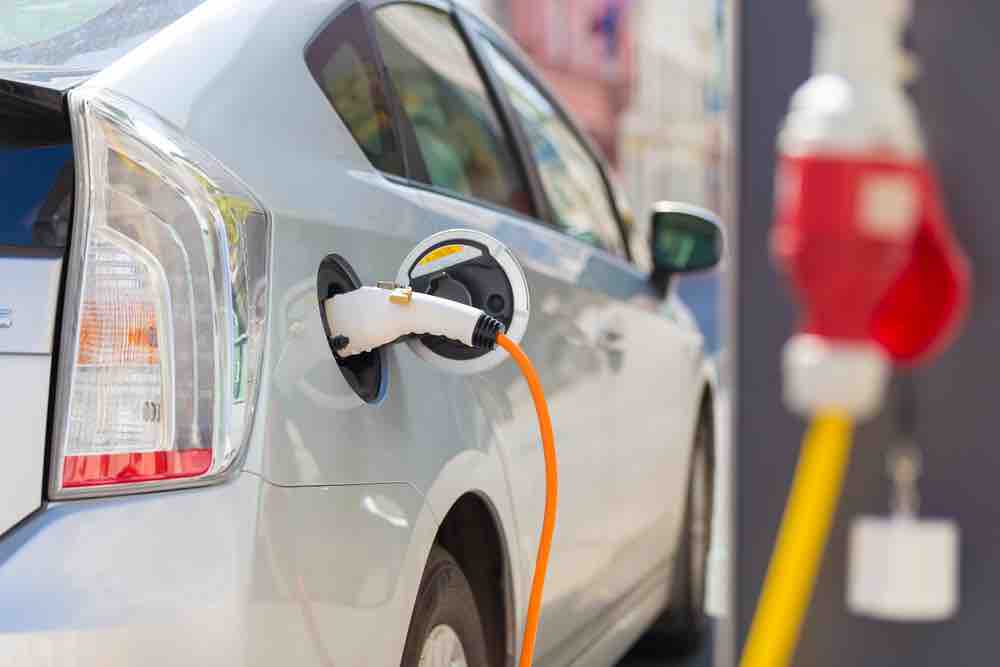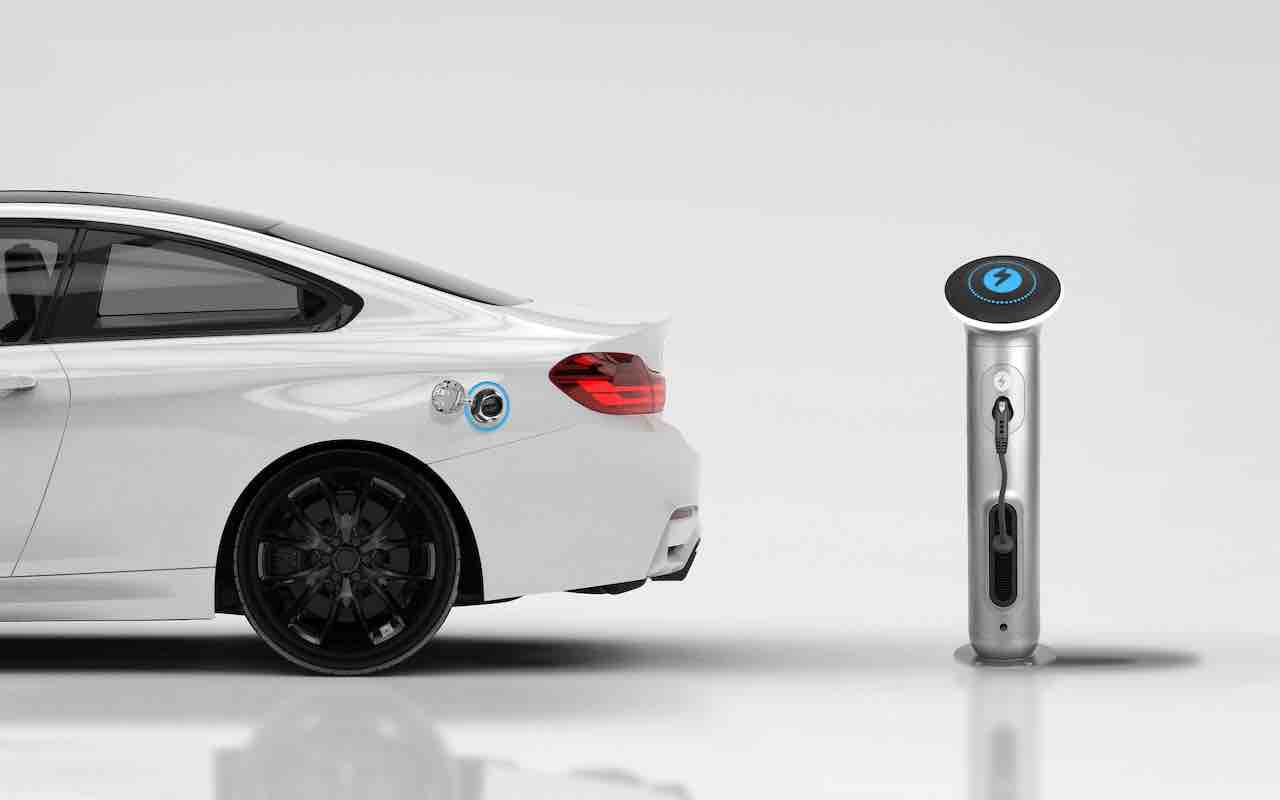Approved the new EU regulationfor electric cars and alternative fuels: from Palermo a Helsinki at least one column every 60 km.
 Electric cars, the new EU regulation. From Palermo to Helsinki, at least one column every 60 km, source DepositPhotos
Electric cars, the new EU regulation. From Palermo to Helsinki, at least one column every 60 km, source DepositPhotos
New rules for electric cars and alternative fuels
Last March, the memorandum of understanding, signed by the European Council and the European Parliament, on the infrastructures for alternative fuels had raised a fuss.
In summary, there was the commitment of the European states to create an infrastructure that includes at least one high-power recharging point every 60 kilometres.
Now, comes the confirmation that the The European Parliament, with 514 votes in favour, 52 against and 74 abstentions, approved the new rules.
So now it’s mandatory install at least one 400 kW recharging point every 60 km on the TEN-T network by 2026.
What is the rete TEN-T
The rete TEN-T it is a set of integrated transport infrastructures designed to support the single market, guarantee the free movement of goods and people and strengthen the growth, employment and competitiveness of the European Union.
Buy with REVOLUT, your online account directly from your home. Find out more.
AND a network composed of 9 corridors, which cross the wholeEurope from North to South and from West to East. A practical example, now according to the bill, we can think of a future in which it is possible to go electric from Palermo to Helsinki – traveling along the Scandinavian-Mediterranean corridor – finding a point Of recharge high power each 60 km. Or from Madrid to Budapest, under the same conditions.
 Electric cars, the new EU regulation. From Palermo to Helsinki, at least one column every 60 km, source DepositPhotos
Electric cars, the new EU regulation. From Palermo to Helsinki, at least one column every 60 km, source DepositPhotos
How will it work
According to the regulation the power of the charging stations must be increased. So this will have to be of 600 kW by 2028. The discipline for trucks and buses is similar: in this case the obligation is for a special recharging point every 120 km, with power from 1400 kW to 2800 kW depending on the road.
Furthermore, again according to the regulation approved by the European Parliament, thethe user can pay directly on site, by credit card or contactless means of payment, and without the need to have subscriptions or apps installed. The price of the top-up or fuel must be clearly displayed, with an indication of the prices per kWh, per kg or per minute/session.
about thehydrogenthe EU establishes the obligation for states to install a charging point every 200 km on the TEN-T network. The time limit, however, is 2031.
While, the bureaucratic process for approval now provides for a final step to the Council of the European Union. Representatives of the twenty-seven EU nations will then have to vote to ratify the regulation. Regulation which, in the event of a positive vote, will already be applied six months after ratification.
















Leave a Reply
View Comments